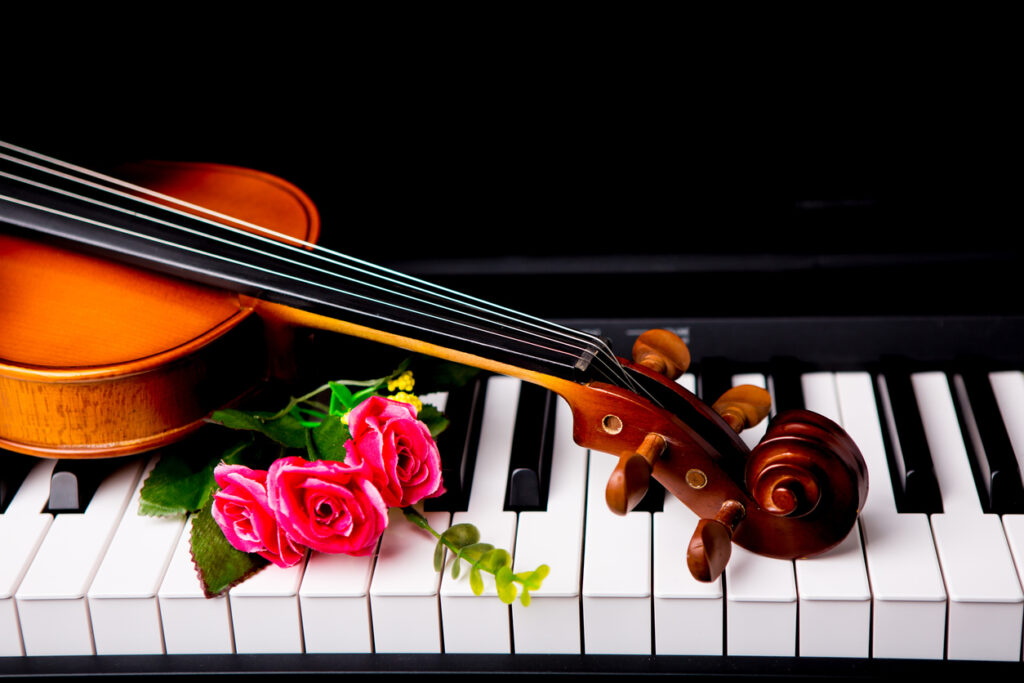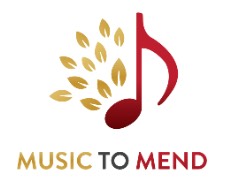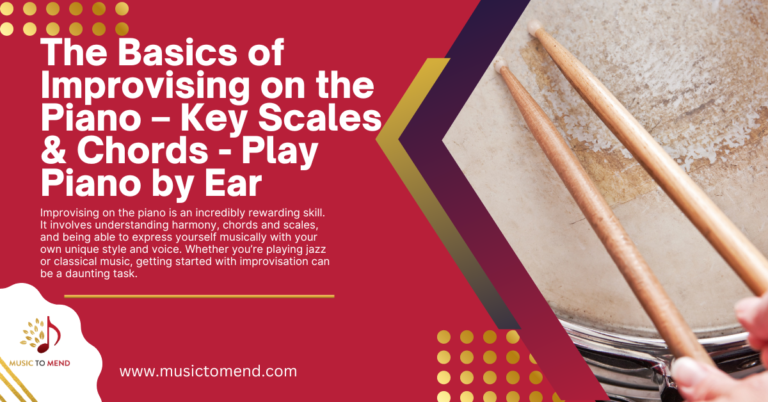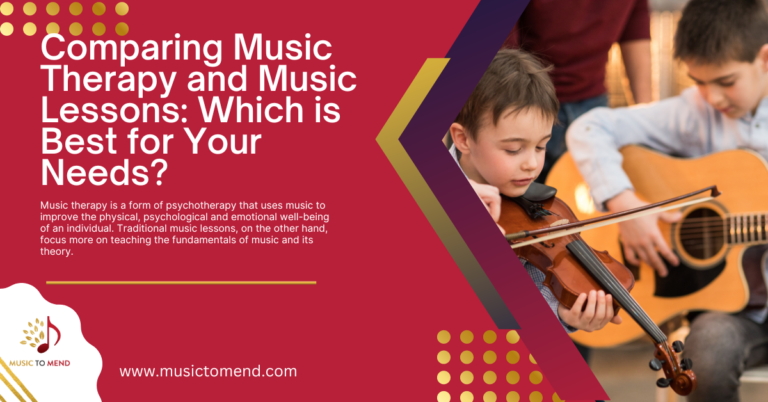The 10 Easiest Musical Instruments to Learn and How to Get Started
Music is a great way to express yourself, but learning how to play a musical instrument can be daunting. Fortunately, there are some instruments that are easier for beginners to learn than others. This article will discuss the easiest musical instruments for beginners to learn and the best instruments for those just starting out. It will also provide tips on how to get started learning a musical instrument and what resources are available for those looking to do so. Well, in today’s article, I’ll be sharing which instruments are easier to learn and play.

What are the Top 10 easiest instruments to learn?
1. Piano
Learning to play the piano is a rewarding and enjoyable experience. It can be challenging at times, but with the right guidance and dedication, anyone can learn to play the piano. There are several methods available for learning how to play the piano quickly and effectively. From online lessons to one-on-one instruction with a professional teacher, there are many options for those who want to learn how to play the piano. With proper instruction, beginners can become proficient in playing the instrument within a few months of practice. Piano lessons for beginners provide an excellent foundation for understanding music theory and technique that will allow them to progress quickly as they continue their studies.
2. Guitar
Learning to play the guitar is a great way to express yourself and have fun. It can be both challenging and rewarding at the same time. With the right guidance, anyone can learn how to play the guitar, regardless of their skill level.
Acoustic guitar lessons for beginners are an excellent way to get started on your guitar-playing journey. These lessons will teach you the basics of playing chords and strumming patterns, as well as how to read music and understand chord diagrams. With practice and dedication, you’ll soon be able to master more difficult techniques, such as fingerpicking or lead guitar solos.
3. Ukele
The ukulele, also called a uke, is a member of the lute family of instruments of Portuguese origin and popularized in Hawaii.
4. Violin
The violin, sometimes known as a fiddle, is a wooden chordophone in the violin family. Most violins have a hollow wooden body. It is the smallest and thus highest-pitched instrument in the family in regular
5. Drums
The drum is a member of the percussion group of musical instruments. In the Hornbostel-Sachs classification system, it is a membranophone.
6. Saxophone
The saxophone is a type of single-reed woodwind instrument with a conical body, usually made of brass. As with all single-reed instruments, sound is produced when a reed on a mouthpiece vibrates to produce a sound wave inside the instrument’s body.
7. Congas
The conga, also known as tumbadora, is a tall, narrow, single-headed drum from Cuba.
8. Xylophone
The xylophone is a musical instrument in the percussion family that consists of wooden bars struck by mallets.
9. Glockenspiel
The glockenspiel or bells is a percussion instrument consisting of pitched aluminum or steel bars arranged in a keyboard layout.
10. Tamborine
The tambourine is a musical instrument in the percussion family consisting of a frame, often of wood or plastic, with pairs of small metal jingles, called “zills”.
Tips on How to Choose the Right Instrument For You
Choosing the right musical instrument is a big decision, and it can be overwhelming for beginners. It’s important to take the time to research different instruments and find one that suits your needs and interests. There are many factors to consider, from the sound of an instrument to its size and cost. With these tips, you can make sure you choose an instrument that will bring you joy for years to come.
What Part of the Brain Controls Playing an Instrument?
Playing an instrument is a complex process involving many different parts of the brain. It requires coordination between various cortical regions, neural pathways, and motor functions. The most important part of the brain involved in playing an instrument is the cerebellum. This area of the brain is responsible for fine motor control and coordination, which are essential skills needed when playing an instrument. Additionally, other parts of the brain such as the frontal cortex and basal ganglia are also involved in playing instruments as they help with planning, decision-making, and other cognitive processes that are necessary for successful musical performance.
Until next time, happy music-playing!
Bea







